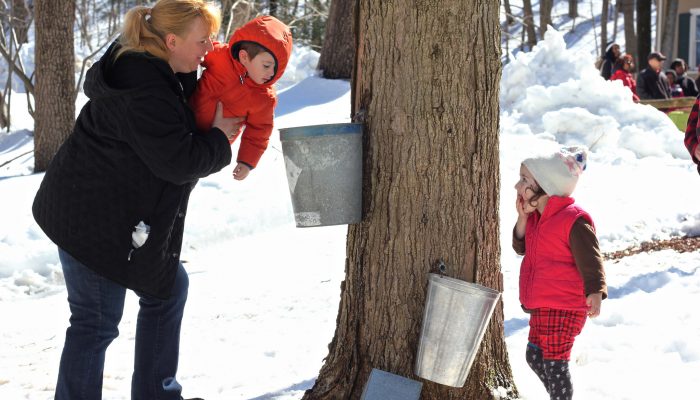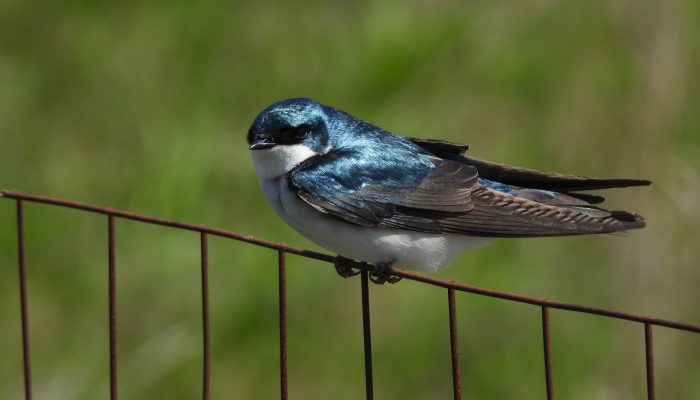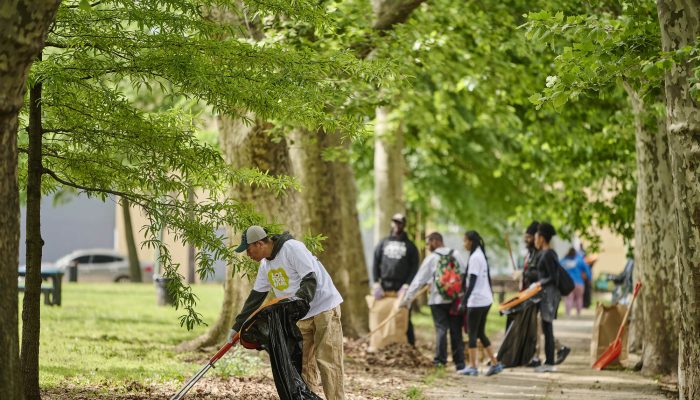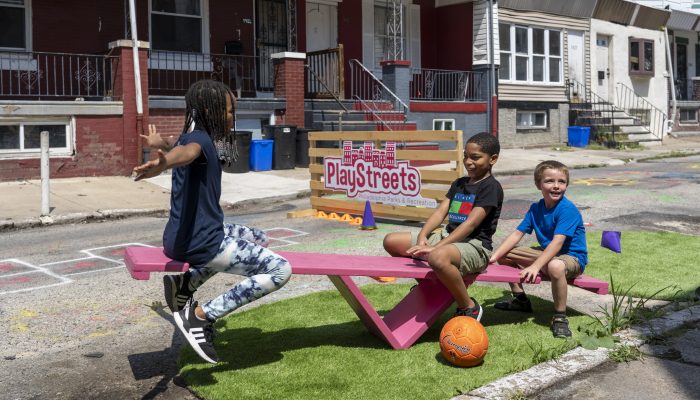By Peter Kurtz, Environmental Education Program Specialist
Every year at the end of winter, maple trees can be tapped to collect sap. This sap can be turned into maple sugar and syrup. In Philadelphia, the sugaring season runs through February and March.
You can celebrate this sweet event at Parks & Rec’s three environmental centers: each center hosts maple sugaring programs for school children and the general public.
The process
Maple sugar is a product that’s unique to North America. 70% of the world’s supply comes from the province of Quebec in Canada. New England, New York, Pennsylvania, and the upper midwest also produce maple syrup commercially. All species of maple can provide sap to produce sugar. Sugar maple is the preferred species, since it will provide more sap over the course of the season.
Trees need to be healthy and should be at least a foot in diameter for tapping. A small, 7/16” hole is drilled about 3” into the trunk of the tree. A bucket is placed under each tap to collect the sap. When a warm day follows a freeze, sap flows from the tap. A good day can produce up to 2 gallons of sap per tap.
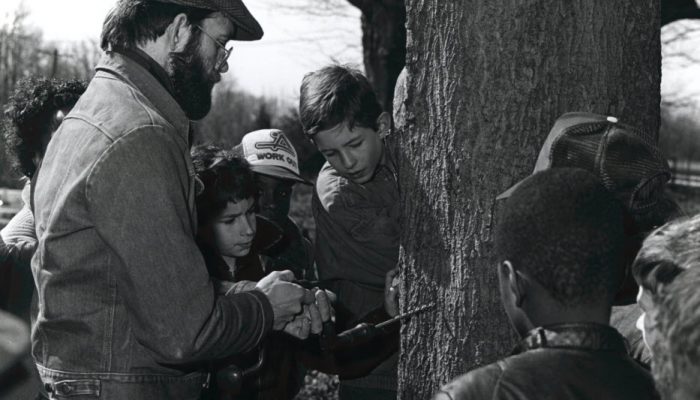
The product
Maple sap is a wonderful drink on its own. It can also be boiled down to make syrup or sugar.
You can make maple syrup or sugar in your kitchen. It’s a simple but time-consuming process. Five gallons of sap will boil down to one pint of syrup, or about one pound of sugar. Try it once and you will understand why pure maple syrup is so expensive. If you’d like to try this at home, search online for videos on making maple syrup.
Our programs
If you’d like to learn more about maple sugaring, attend one of Parks & Rec’s maple sugar festivals. At these events, our environmental educators will:
- Explain how trees work
- Teach how to identify maple trees
- Demonstrate how to properly tap a tree
- Show the process of boiling down sap to make syrup or sugar.

